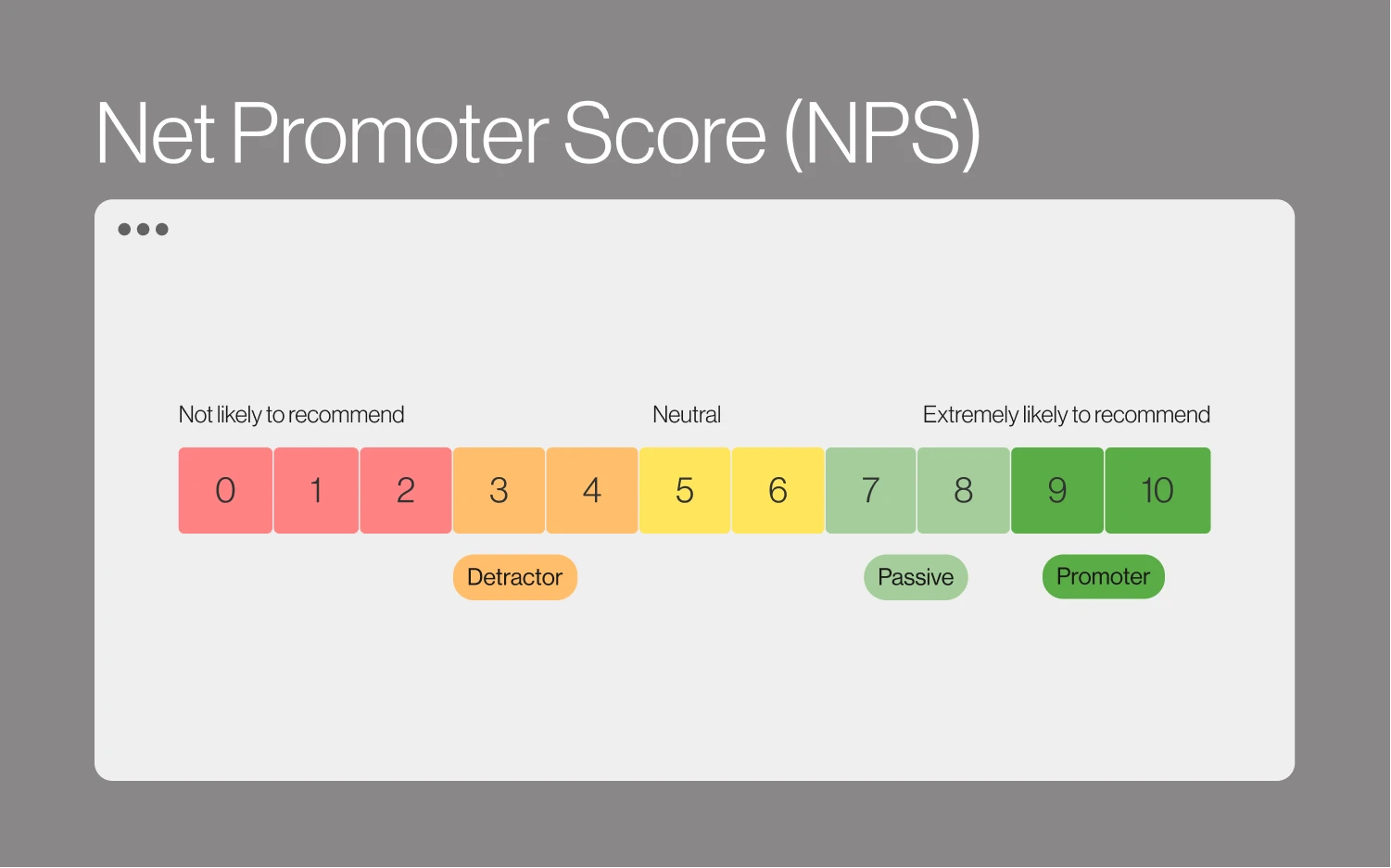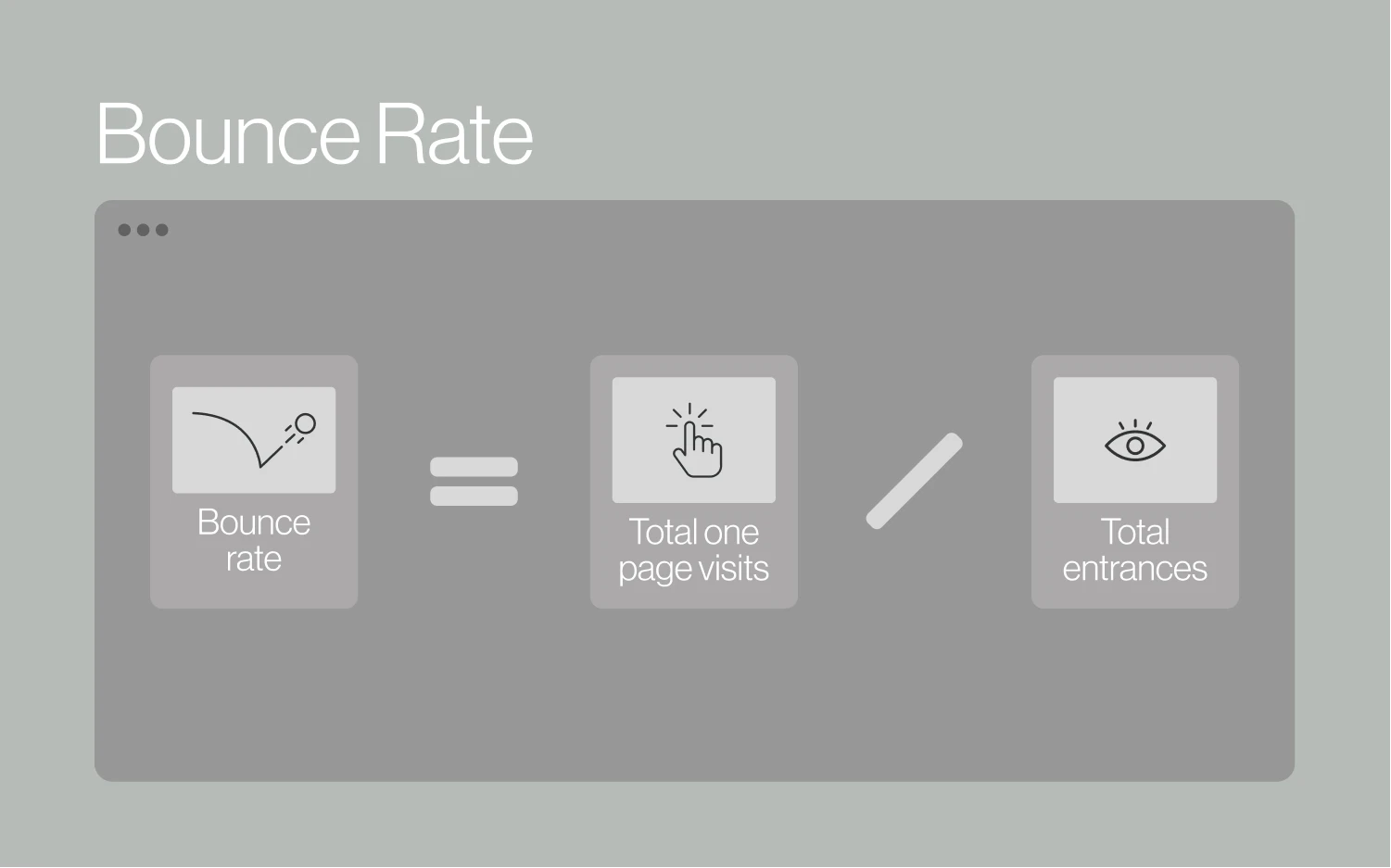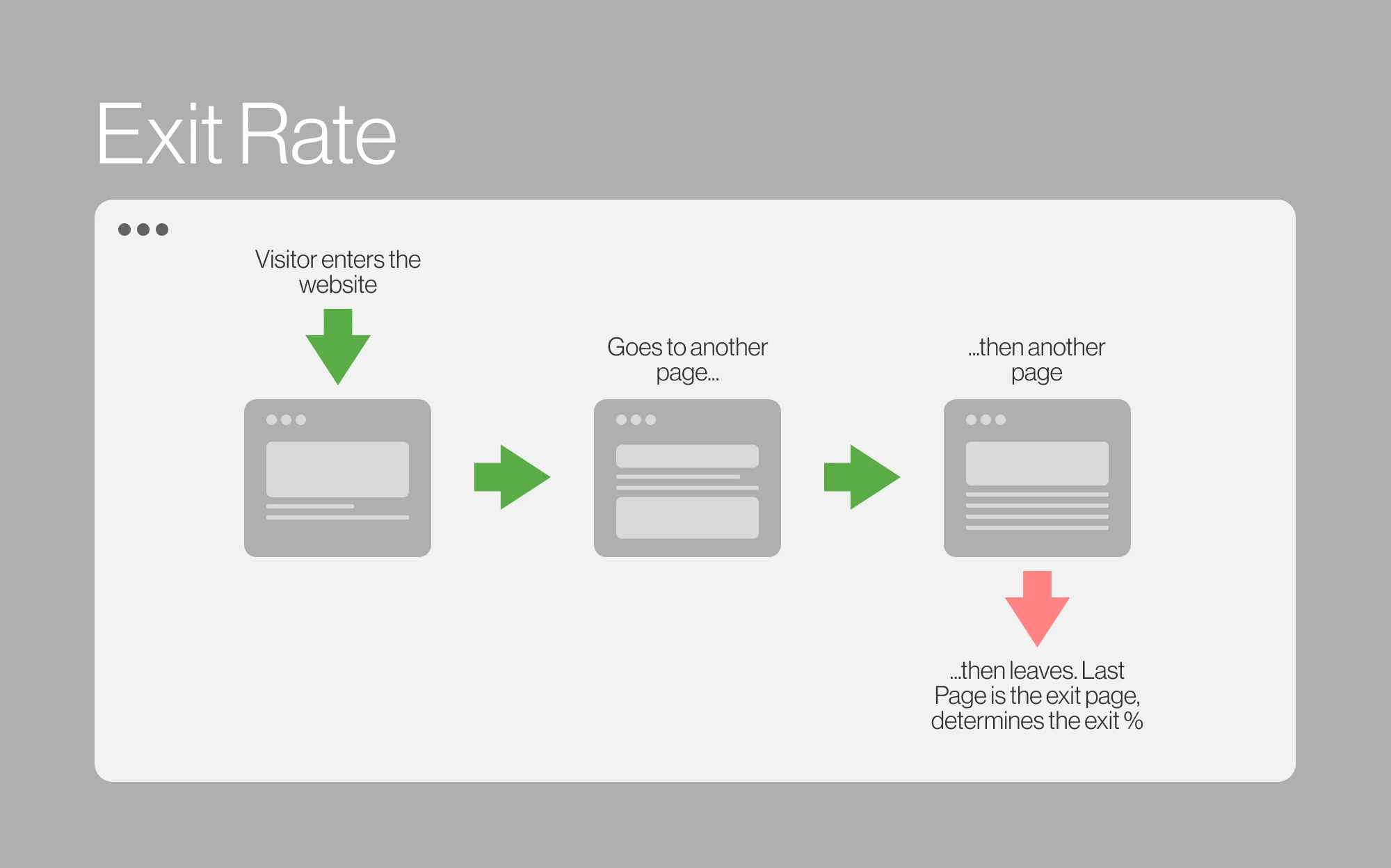
9 User Engagement Metrics to Improve and Grow B2B Websites
Measuring user engagement can be a crucial component to unlocking your B2B website's potential. These data points, which calculate how your users interact with your products, can help you identify positive and negative behaviors and grow your company. But how do you use them, exactly?
In this article, we will explain what user engagement metrics are and how they can help you reach exponential growth. We will also tell you how to use them to ensure you're steering the wheel in the right direction and add a few examples to make things even more straightforward. So, let's get started!
What are User Engagement Metrics?
By definition, user engagement refers to how frequently and how well your users are interacting with your product (or the "quality" of the interaction). If the experience is positive, you can expect a person to become a customer or even a product advocate. If it's bad… well, they might leave your site and not return.
Basically, user engagement metrics are data sets mainly focused on these interactions. Of course, what engagement means can differ from website to website, but the general idea stands: You want to find patterns of behavior and ensure people have an overall positive experience when they come to your site, for example, by creating "Aha!" moments when someone realizes the value of your services.
The Benefits of User Engagement Metrics (And How to Use Them)
Engagement metrics are essential for any B2B website because they can show whether your content and marketing strategies align with your users' interests. The more engaged someone is, the more likely they will buy a product or service you're offering and come back and recommend you to others.
There is some effort involved in finding the user engagement metrics that are most relevant to your business. It's not the same if you place your efforts on selling products and services, offering demos, inviting people to sign up for newsletters, etc. Typically, what you should do is:
• Define which behaviors lead to more engagement within your product or service (if you have a SaaS product, for example, you should look into people performing core actions, integrating with a tech stack, or linking new accounts).
• Take note of negative behavior or red flags (for instance, people downgrading plans or deleting their profiles).
• Identify your ideal user or power user, the type of person who uses your products or services regularly and can give you valuable feedback should you request it.
• Compare your engagement metrics with other business metrics. Many people use action and retention cohorts or a chart that links two data points (such as how long it's been since someone signed up and how frequent their sessions are).
Top 9 User Engagement Metrics for B2B Websites
The user engagement metrics you should be using will depend largely on your goals, campaigns, and channels. Let's start with the four most common ones first, as they should apply to almost any B2B business.
Conversion Rate and Retention Rate
Conversion rates are closely linked to campaigns and measure how many people complete an action (defined by you as a goal). However, retention rates can be just as important. For example, did you know that 80% of your company's future income will come from only 20% of your existing customers today? That's right, even if you have a low conversion rate, you can still succeed if you focus on retaining users.
Conversion rate examples include users signing up for newsletters, downloading files from your site, registering for trials, clicking on ads, and landing on product pages. This metric is relatively easy to calculate; you just divide the number of conversions by the number of visitors or sessions and multiply it by 100.
Customer retention rates also use a standard formula (CRR = [(E-N)/S] x 100, where S is the number of customers when a time period begins, E is when it ends, and N is the number of new users added within that time frame). The customer churn rate formula is the same but inverted.
Net Promoter Score (NPS)

This metric measures how loyal your customers are or, more precisely, whether they recommend your brand to others. This is an important user engagement component because it can tell you how well you understand and fill your customers' needs.
You can measure NPS by asking your customers directly; for example, through a survey ("What do you think of our services on a scale of 1 to 10" or "How likely are you to recommend this product to others?").
Average Session Duration
Another important metric is the average session duration, or how long a person spends on your website after landing on it. Longer sessions will mean more engaged visitors, but what's really important here is to see what the people coming to your site are actually looking at. Which products and features generate more interest? You can then use this information to identify new opportunities and pain points.
Average session duration is actually one of the most popular B2B user engagement metrics because it's something you cannot really improve by advertising or adding more keywords.
Pages Per Session or Page Views
This user engagement metric measures how many pages a user visits (during a single session) when they come to your site.
If you have a high page per session number, people find your content useful or interesting. In contrast, the opposite can tell that what you're offering is neither engaging nor irrelevant to the visitors. Other reasons include a lack of internal links or a confusing site or navigation structure.
Bounce Rate

Another popular user engagement metric is bounce rate, or how many visitors land on one of your pages and leave without visiting any others. These users can be considered missed targets.
So, why do people bounce when visiting your B2B site? Well, there are many potential reasons. Perhaps the content needed to match their intent, be shorter, or grab their attention. Your website's user experience as a whole may not be good. Or they were just not ready to commit to any actions at this point. In any case, high bounce rates (above 65%) indicate a performance problem.
New and Returning Users
Knowing whether visitors are coming to your site for the first time or have been there before can help you understand if they find your content engaging. Of course, returning people can be interpreted as more loyal to your site.
It's worth keeping an eye out for how these users arrive at your website. For instance, through organic search, emails, social media, or directly). Generally speaking, if you want to increase the number of returning users, consider investing in a marketing strategy that includes, for example, email newsletters.
Unique Visitors
It's always important to track how many people visit your website - but it's more meaningful to know whether they are unique. Google assigns anyone entering a site for the first time a unique ID, which is stored in a browser cookie. However, if the person clears their cookies or uses a different device, they will receive different IDs too.
Measuring visitors is, nonetheless, important - especially if you're launching a new campaign.
Page and Scroll Depth
This metric measures whether a visitor is looking at the top sections of your pages or scrolling down to see the rest of the content (and how far they go). This is a good way of learning about conversion opportunities, as you can clearly see where people just stop scrolling (and can use these spaces to, for example, add calls to action).
This metric will usually appear as a percentage showing how much of the page a user has seen (25%, 50%, 75%, etc.) You can typically also see where exactly they stop scrolling. It's a good idea to combine this metric with some heat mapping tools and A/B testing.
Exit Rate

Another valuable metric you can use to measure user engagement is the exit rate. We mentioned bounce rate before, which focuses on people leaving the site without navigating it. Exit rate is different; it measures what pages a person sees before they land on a specific one and exits the site entirely. Basically, the last page before the session ends.
Unlike what happens with the bounce rate, a high exit rate is not necessarily undesirable. It depends on where people are leaving; for example, it is okay if they do so on contact pages, thank you pages, or right after completing a demo booking. Still, it's worth reviewing whether you have good calls to action, solid navigation, and your content meets your visitors' intent.
Bottom Line
There are several key user engagement metrics to consider and analyze if you have a B2B website. In this article, we listed the 9 most important metrics you should be paying attention to:
• Conversion Rate and Retention Rate
• Net Promoter Score (NPS)
• Average Session Duration
• Pages Per Session or Page Views
• Bounce Rate
• New and Returning Users
• Unique Visitors
• Page and Scroll Depth
• Exit Rate
Remember to track website performance regularly and run updates and maintenance protocols to ensure your site is functioning up to speed. Good luck!
Related posts
446,005 entrepreneurs like you already have a head start
Become one of them by getting world-class expertise delivered into your inbox, for free.












